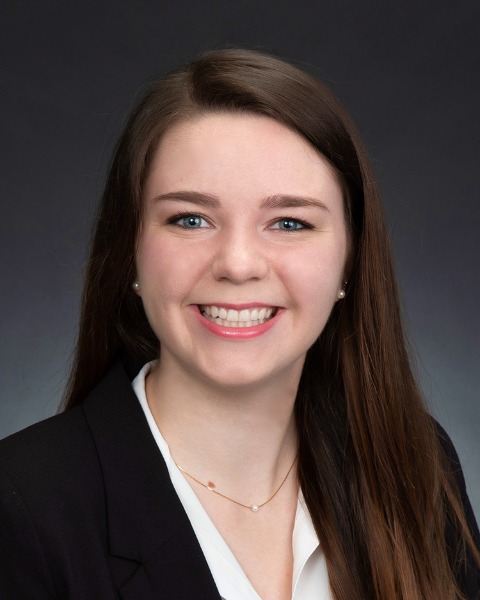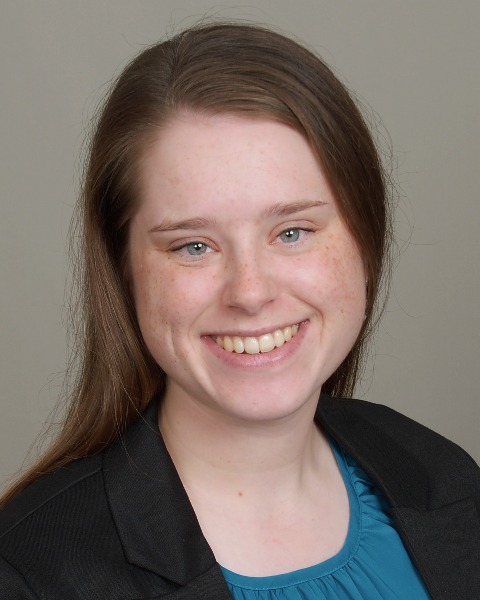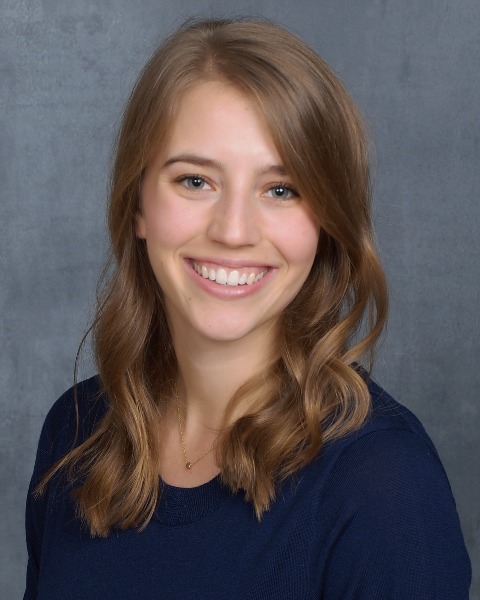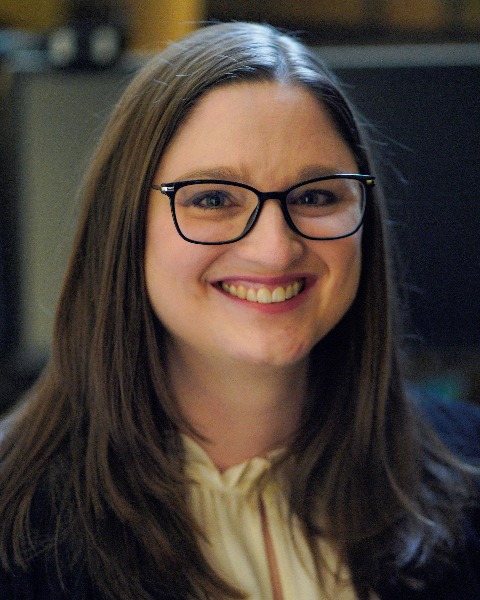Pediatrics (P)
PP1121 - Hearing Progression in Children with Enlarged Vestibular Aqueduct

Madeline Osborne, BA (she/her/hers)
AuD Student
University of Minnesota
University of Minnesota Twin CitiesFinancial Disclosures: I do not have any relevant financial relationships with anything to disclose.
Non-Financial Disclosures: I do not have any relevant non-financial relationships with anything to disclose.
Margaret Koeritzer, AuD
Pediatric Audiologist
M Health Fairview, Lions Children's Hearing & ENT Clinic
Minneapolis, MinnesotaFinancial Disclosures: I do not have any relevant financial relationships with anything to disclose.
Non-Financial Disclosures: I do not have any relevant non-financial relationships with anything to disclose.
Hannah Herd, AuD (she/her/hers)
Pediatric Audiologist
M Health Fairview Masonic Children's Hospital - Lions Children's Hearing and ENT ClinicFinancial Disclosures: I do not have any relevant financial relationships with anything to disclose.
Non-Financial Disclosures: I do not have any relevant non-financial relationships with anything to disclose.
Melissa J. Polonenko, PhD; AUD(C) (she/her/hers)
Assistant Professor
University of Minnesota
University of Minnesota, MinnesotaFinancial Disclosures: I do not have any relevant financial relationships with anything to disclose.
Non-Financial Disclosures: I do not have any relevant non-financial relationships with anything to disclose.
Lead Presenter(s)
Contributor(s)
Enlarged vestibular aqueduct (EVA) is a common inner ear malformation associated with sensorineural hearing loss in children. A mutation in the SLC26A4 gene is commonly associated with EVA, and thought to contribute to hearing losses that are more likely to be progressive and severe. Given that children undergo significant speech and language development, a better understanding of timing and extent of hearing loss is needed for patients who have EVA. By comparing changes in severity and timing of hearing loss progression in children who have EVA with and without SLC26A4 mutations, we aim to equip audiologists with prognostic counseling data.
Summary:
Objectives: Our study aimed to compare timing and severity of hearing loss progression in children who have enlarged vestibular aqueduct (EVA), with or without the SLC26A4 mutation. Rationale: EVA is the most common inner ear malformation associated with sensorineural hearing loss in children, and the SLC26A4 genotype is the most common gene associated with EVA. Previous studies have suggested that patients with EVA and an SLC26A4 mutation may be more likely to have progressive, and more severe, hearing loss than patients with EVA but without a mutation. However, the specific nature of the timing and extent of this progression is unknown, particularly within the pediatric population, making counseling families difficult. We hypothesize that children with EVA who possess the SLC26A4 gene mutation will have a more rapid onset and severity of hearing loss compared to children with EVA who do not possess the SLC26A4 gene mutation. Design: We retrospectively reviewed all records in the Database of Infants and Children Seen at the Lions Children’s Hearing Center at the University of Minnesota. Audiometric information from each available visit was collected, including the case history and newborn screening information, which ear(s) had EVA, type of test (e.g., ABR or what type of behavioral assessment), and any available thresholds. The extent of change in hearing threshold severity over time between the three groups were analyzed using linear mixed effects models to account for the variability of each child and repeated data. Results: There were 62 records of children who had confirmed EVA. Of these, 15 had at least one confirmed mutation in SLC26A4, and 24 were confirmed to not have a mutation in this gene. Another 23 had an unknown mutation status. Mean age at the first audiology visit for these groups (mutation, no mutation, and unknown mutation status) were: 2.5 (2.4 SD), 3.7 (3.7 SD), and 3.5 (3.8 SD) years respectively. Overall, at the time of hearing loss diagnosis, 93% of the mutation group, 48% of the no mutation group, and 63% of the unknown status group had at least a severe hearing loss. The hearing loss at the first visit (approximate metric of onset) was more severe for the mutation group than the no mutation and unknown status groups, especially in the higher frequencies (2-4 kHz). Furthermore, this more severe hearing loss progressed at a faster rate for the children with the mutation compared to the “no” or “unknown” mutation groups, also primarily in the higher frequencies. Conclusions: In support of our original hypothesis, this data suggests that children who have EVA and the SLC26A4 mutation are more likely to have a more severe onset of hearing loss and a more rapid progression of hearing loss over time, especially for higher frequencies, than children with EVA who do not possess the gene mutation. This longitudinal information may facilitate prognostic counseling to pediatric patients and better facilitate the audiology follow-up appointments for these families.Learning Objectives:
